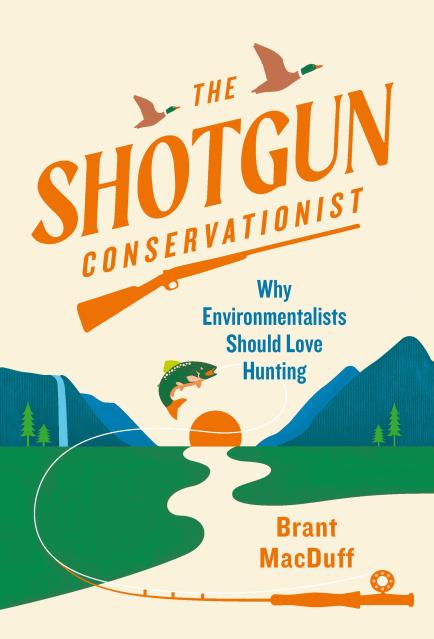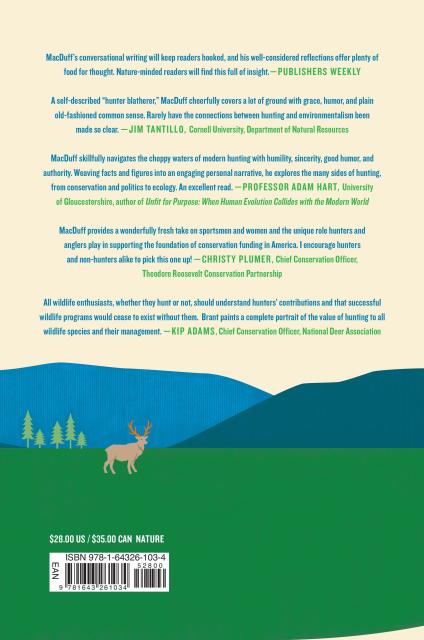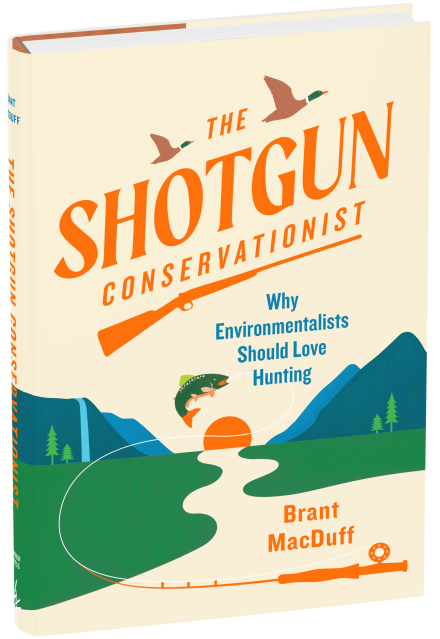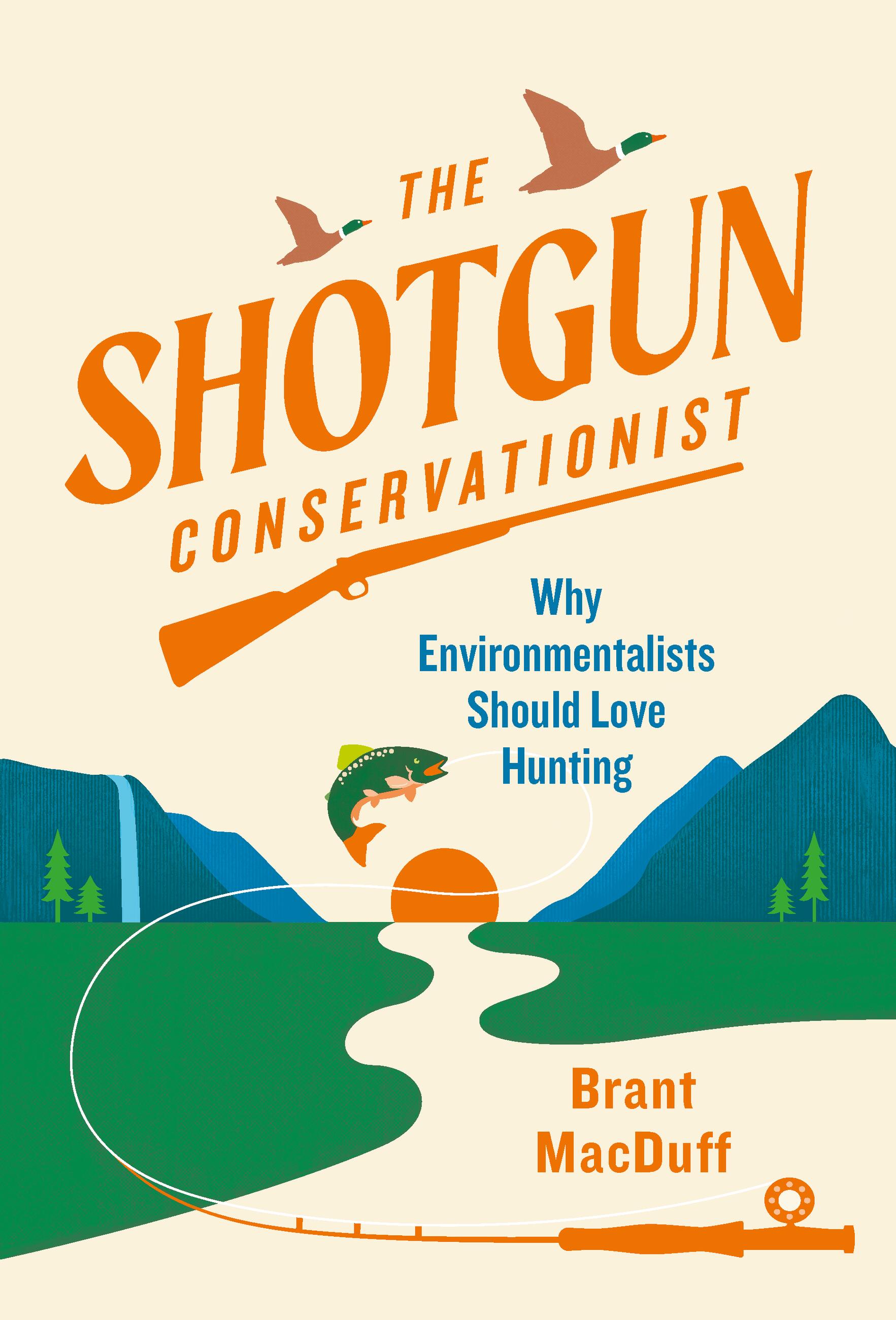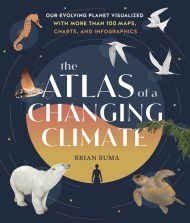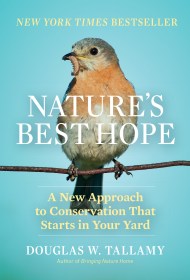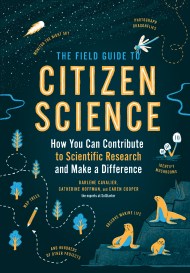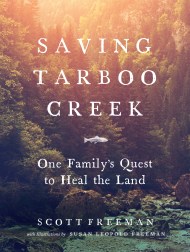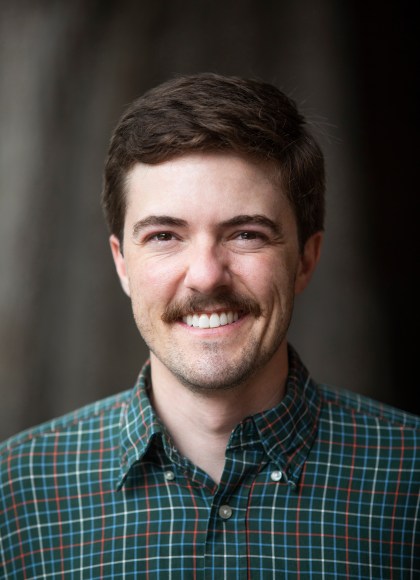Promotion
Use code MOM24 for 20% off site wide + free shipping over $45
The Shotgun Conservationist
Why Environmentalists Should Love Hunting
Contributors
Formats and Prices
Price
$28.00Price
$35.00 CADFormat
Format:
- Hardcover $28.00 $35.00 CAD
- ebook $14.99 $19.99 CAD
- Audiobook Download (Unabridged) $27.99
This item is a preorder. Your payment method will be charged immediately, and the product is expected to ship on or around April 25, 2023. This date is subject to change due to shipping delays beyond our control.
Also available from:
Picture a hunter. Who comes to mind? Millionaire playboys or big truck owning folks? Maybe so, but there’s more to it. Because if you love nature, value sustainability, abhor the pollution and inhumanity of factory farms, you could be a hunter in the making. And if you’ve never even considered hunting, The Shotgun Conservationist reveals all the reasons you should. Brant MacDuff makes us rethink who hunts and why. Growing up an animal lover with no hunting background, MacDuff himself would seem an unlikely advocate. Yet a lifelong love of the outdoors and a restless curiosity compelled him to investigate a simple question: is hunting conservation? So convinced, he consistently holds a hunting license in multiple states and gives lectures on the positive impact hunting has on conservation efforts nationwide and around the world.
MacDuff tells the story of how he became a hunter and the colorful characters, big personalities, and firsthand research that helped change his mind. His journey led to a deeper understanding of how hunting protects public lands, supports sustainable ecosystems, encourages biodiversity, and can help bridge social and political divides. Along the way, he introduces us to a new generation of hunters, different from timeworn stereotypes and preconceptions. And who better than MacDuff? A trans man living in Brooklyn, he defies expectations of who hunts and invites people of all backgrounds into the field.
Whether or not you decide to take up hunting, The Shotgun Conservationist provides a new perspective and appreciation for those who do.
Genre:
-
“MacDuff’s conversational writing will keep readers hooked, and his well-considered reflections offer plenty of food for thought. Nature-minded readers will find this full of insight.”Publishers Weekly
-
“A self-described ‘hunter blatherer’, MacDuff cheerfully covers a lot of ground with grace, humor, and plain old-fashioned common sense. Rarely have the connections between hunting and environmentalism been made so clear.”Jim Tantillo, Cornell University, Department of Natural Resources
-
“MacDuff skillfully navigates the choppy waters of modern hunting with humility, sincerity, good humor and authority. Weaving facts and figures into an engaging personal narrative, he explores the many sides of hunting, from conservation and politics to ecology. An excellent read.”Professor Adam Hart, University of Gloucestershire, author of Unfit for Purpose: When Human Evolution Collides with the Modern World
-
“MacDuff provides a wonderfully fresh take on sportsmen and women, and the unique role hunters and anglers play in supporting the foundation of conservation funding in America. I encourage hunters and non-hunters alike to pick this one up!”Christy Plumer, Chief Conservation Officer, Theodore Roosevelt Conservation Partnership
-
“All wildlife enthusiasts, whether they hunt or not, should understand hunters’ contributions and that successful wildlife programs would cease to exist without them. Brant paints a complete portrait of the value of hunting to all wildlife species and their management.”Kip Adams, Chief Conservation Officer, National Deer Association
-
“MacDuff present a strong case that birders, backpackers, and everyone else should acknowledge the vital role hunting has played in protecting habitat—and welcome efforts to grow and diversify the dwindling ranks of hunters—even as we explore new ideas for sustaining and growing those efforts.”Audubon
- On Sale
- Apr 25, 2023
- Page Count
- 256 pages
- Publisher
- Timber Press
- ISBN-13
- 9781643261034
Newsletter Signup
By clicking ‘Sign Up,’ I acknowledge that I have read and agree to Hachette Book Group’s Privacy Policy and Terms of Use
